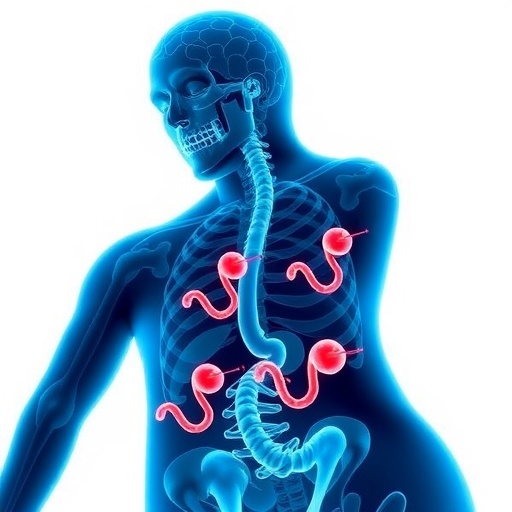Two simple compounds break down barriers for circular economy biofuel production
WASHINGTON, June 29, 2021 – For more than 60 years, algae have been studied as a potential feedstock for biofuel production, but the cellulose in their cell wall makes it hard to access the critical molecules inside and convert them to biogas.
In the Journal of Renewable and Sustainable Energy, from AIP Publishing, an international research team reports their success in using urea and sodium hydroxide (NaOH, commonly known as lye or caustic soda) as a pretreatment of algae, which breaks down cellulose and more than doubles biogas production under their initial experimental conditions.
“We were inspired by previously published results showing the promise of NaOH and urea in altering the solubility of cellulose,” said co-author Yue Shi. “We wanted to explore whether this could help us overcome one of the big challenges of digesting algae.”
To produce biogas from algae, researchers commonly use a naturally occurring process called anerobic digestion, in which a type of bacteria break down the algae and produce a methane-rich gas mixture that can be purified. The resulting methane can be used in the production of heat, electricity, methanol, car fuel, and other clean energy sources.
This study presents the first steps toward optimizing conditions for such energy production, testing variations in time, temperature, and concentration of lye-urea pretreatment. Specifically, the most effective combination in this study was a 50-minute pretreatment at -16?C with a lye-urea concentration of 5.89%.
“The interactions between variables were also evident in our results,” said Shi. “The microstructural changes that resulted from pretreatment were obvious upon imaging using scanning electron microscopy.”
Amidst growing concerns about the limited availability of fossil fuels and their potentially detrimental effects on our environment, global interest in affordable and renewable energy is growing. Moreover, identifying environmentally detrimental materials as the raw materials for these processes could be dual purpose.
The circular economy model, for example, proposes recovery of waste resources and environmentally detrimental products at their source can be used as feedstocks for materials capable of replacing existing resources.
In the study, the feedstock was Enteromorpha, a macroalgae or seaweed responsible for green tide, an algal overgrowth that is damaging to tourism, aquaculture, and natural ecosystems. The global economic and ecological impacts of green tide have been increasing in scale and frequency since the 1960s.
Capturing this seasonal and emergent algae and converting it into a cost-effective and sustainable biofuel would have social and economic benefits beyond clean energy and bring us closer to a circular economy.
###
The article, “NaOH-Urea pretreatment for biogas enhancement from algal biomass anaerobic digestion,” is authored by Yue Shi, RuiZhe Feng, Asad A. Zaidi, QiaoYan Li, and Kun Zhang. The article will appear in Journal of Renewable and Sustainable Energy on June 29, 2021 (DOI: 10.1063/5.0048341). After that date, it can be accessed at https:/
Media Contact
Larry Frum
[email protected]
Related Journal Article
http://dx.





